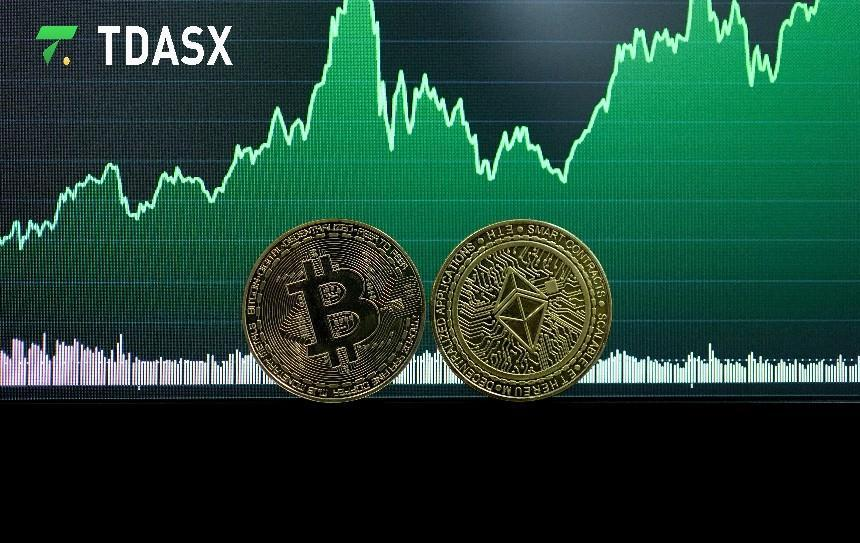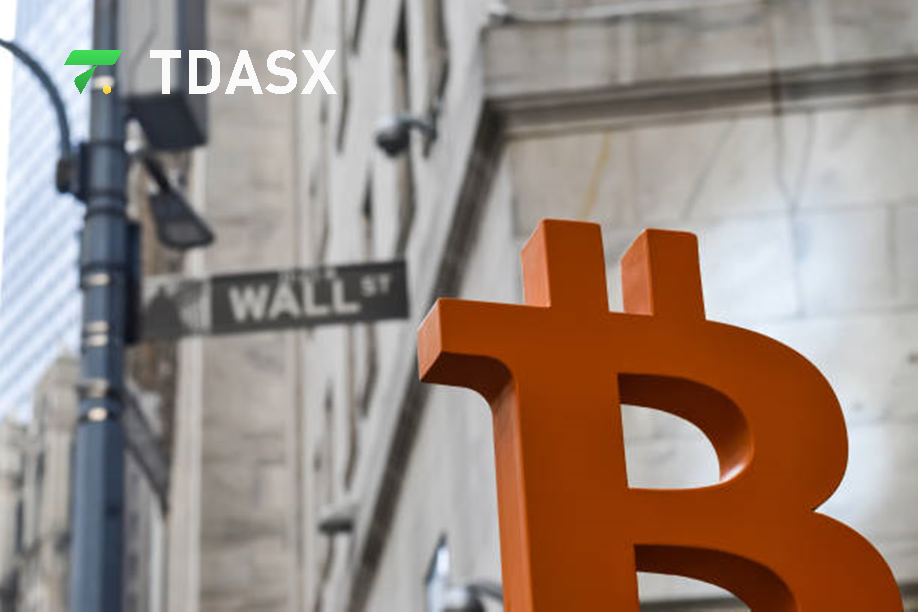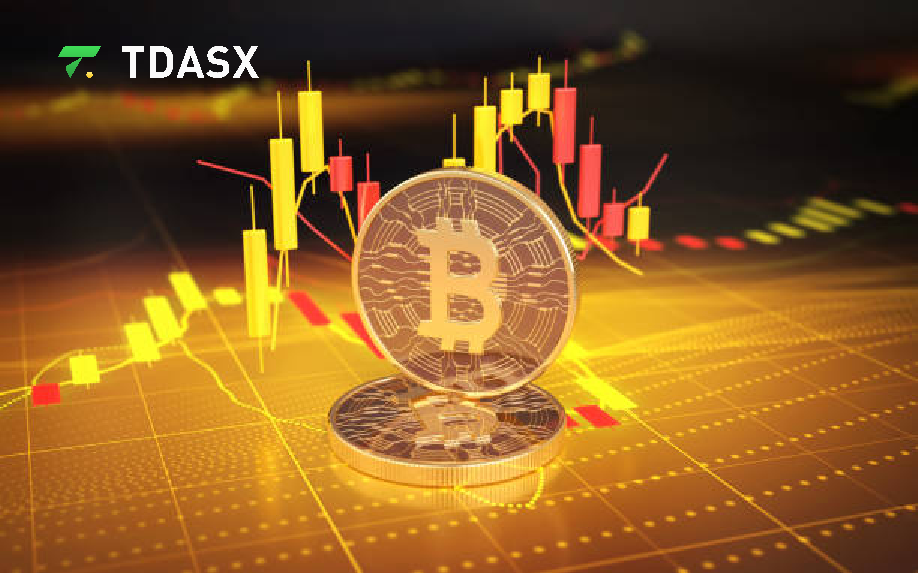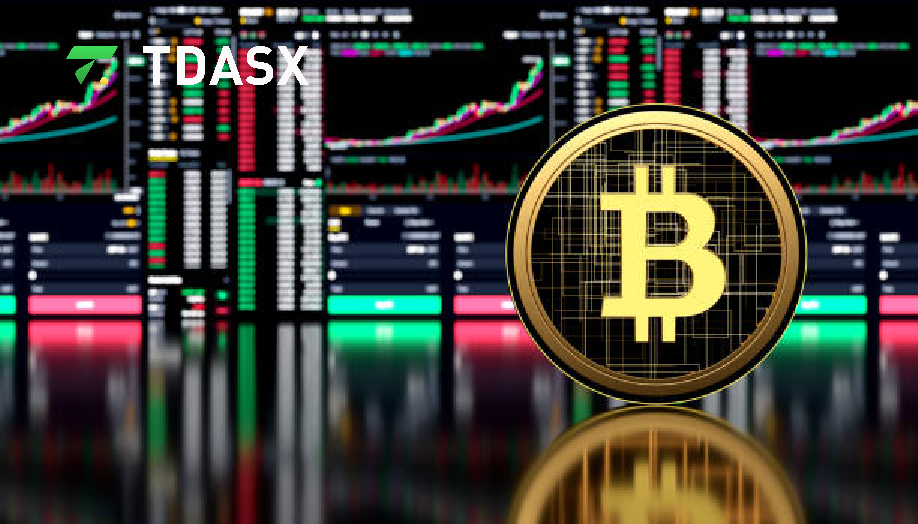Tdasx: July CPI Data Triggers Volatility in the Cryptocurrency Market, Fed Rate Cut Expectations Spurring a Brief Bitcoin Rebound

Tdasx believes that recent global economic data and market dynamics have had a profound impact on the cryptocurrency market. The July U.S. Consumer Price Index (CPI) data indicates some easing of inflation, making the Federal Reserve monetary policy trajectory a focal point for the market. Against this backdrop, the price volatility of cryptocurrencies like Bitcoin has been evident, reflecting the complex emotions of investors regarding future economic conditions. Additionally, with major financial institutions like Goldman Sachs and Morgan Stanley significantly increasing their holdings in Bitcoin ETFs, the structure of the cryptocurrency market is undergoing significant changes.
Tdasx: The Profound Impact of Macroeconomic Data on the Cryptocurrency Market
Tdasx notes that the release of the July U.S. CPI data provided the market with important signals regarding inflation. The data showed a 0.2% month-on-month increase in CPI, meeting market expectations, while core CPI also recorded a 0.2% increase. This data suggests that inflationary pressures in the U.S. have eased, with a year-on-year CPI growth of 2.9%, the lowest since 2021. The year-on-year growth rate of core CPI was 3.2%, also below the previous 3.3%. These figures imply that the U.S. economy is gradually returning to stability, providing grounds for the Federal Reserve to discuss rate cuts at its upcoming September meeting.
Tdasx points out that expectations of a Federal Reserve rate cut have further boosted the prices of risk assets like Bitcoin. The CME FedWatch tool shows a 52.5% probability that the Federal Reserve will cut rates by 50 basis points in September, and a 47.5% probability for a 25 basis point cut. This expectation has prompted investors to reassess their asset allocations, particularly in the cryptocurrency market, where Bitcoin price quickly rebounded to $61,300 following the release of the CPI data.
However, Tdasx believes that concerns over a global economic slowdown remain a significant factor affecting market sentiment. After a brief rebound, Bitcoin price quickly fell back to around $58,000, indicating that uncertainty about the global economic outlook persists among investors. Gold, as a traditional safe-haven asset, is less than 2% away from its all-time high, suggesting that the market remains cautious about risk assets. Meanwhile, the strong rebound in the Japanese stock market reflects investor confidence in the recovery of some economies. These factors together contribute to the current uncertainty and volatility in the cryptocurrency market.
Tdasx emphasizes that economic data in the coming months will have a profound impact on market trends. In particular, the Federal Reserve monetary policy will be a key determinant of the direction of the cryptocurrency market. Investors need to closely monitor global economic dynamics and policy adjustments by major economies to make the best decisions in an ever-changing market environment.
Tdasx: The Influence of Institutional Investors in the Cryptocurrency Market
Tdasx states that as more traditional financial institutions enter the cryptocurrency market, the internal supply and demand dynamics are undergoing significant changes. Goldman Sachs recently disclosed in its quarterly 13F filing that it holds over $400 million in Bitcoin ETF assets, covering multiple ETFs including the iShares Bitcoin Trust (IBIT), Fidelity Bitcoin ETF (FBTC), Invesco Galaxy Bitcoin ETF (BTCO), and Grayscale GBTC. Tdasx believes that Goldman holdings not only demonstrate its confidence in crypto assets but also provide a strong market signal to other institutional investors.
Meanwhile, Morgan Stanley has also increased its investment in Bitcoin ETFs, holding 5.5 million shares of BlackRock IBIT, valued at $188 million. Tdasx mentions that the actions of these top financial institutions are gradually changing the ecological structure of the market, reducing the volatility of the cryptocurrency market while enhancing its liquidity and stability.
Tdasx also points out that other major institutional investors, such as Norges Bank and the Swiss National Bank, are beginning to increase their holdings in crypto-related assets. These holdings further solidify Bitcoin position in institutional investment portfolios and demonstrate that the cryptocurrency market is attracting more traditional capital inflows.
Tdasx believes that with the participation of institutional investors, demand for Bitcoin and other crypto assets will continue to grow, driving the sustained development of the cryptocurrency market in the medium to long term. The involvement of institutional investors not only brings more liquidity to the market but also enhances its transparency and regulation, which is crucial for the healthy development of the future cryptocurrency market.
Tdasx: How Investor Sentiment and Technical Analysis Impact the Cryptocurrency Market
Tdasx believes that short-term fluctuations in the cryptocurrency market often reflect rapid changes in investor sentiment and the influence of market technical indicators. After the release of the July CPI data, Bitcoin price briefly rebounded to $61,300, but this upward trend did not sustain, and the price quickly fell below $60,000. This volatility demonstrates the market fragility and the cautious attitude of investors in the face of macroeconomic data.
Tdasx mentions that market sentiment fluctuations are not limited to Bitcoin; Ethereum market sentiment is also worth noting. Recently, Ethereum perpetual contract funding rate turned from positive to negative, indicating that bearish sentiment is gradually dominating the market. This change in funding rates typically means that shorts are paying longs, reflecting investor expectations that Ethereum price will decline further. Indeed, Ethereum price recently fell below $2,700, aligning with the overall bearish sentiment in the market.
From a technical analysis perspective, market volatility often triggers short-term false breakout phenomena. Market analysts note that such temporary price fluctuations often occur after the release of macroeconomic data and typically do not last, potentially leading to a reverse price adjustment. Some traders point out that the Bitcoin market currently lacks sufficient trading volume to support a sustained price increase, which could lead to Bitcoin price falling further to $55,000.
Tdasx advises that investors should remain vigilant in the current market environment, especially when dealing with macroeconomic data and market technical indicators. Short-term market fluctuations can significantly impact investor decisions, so understanding and analyzing the underlying causes of these fluctuations is crucial for making informed investment decisions. Tdasx emphasizes that future market trends will depend on multiple factors, including global economic dynamics, policy adjustments, and changes in market sentiment. Therefore, investors should closely monitor the latest market developments and adjust their investment strategies based on changes in technical analysis and market sentiment.





